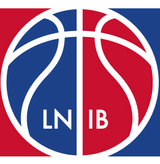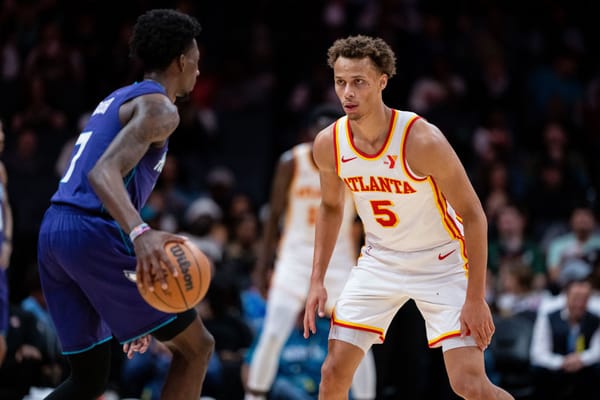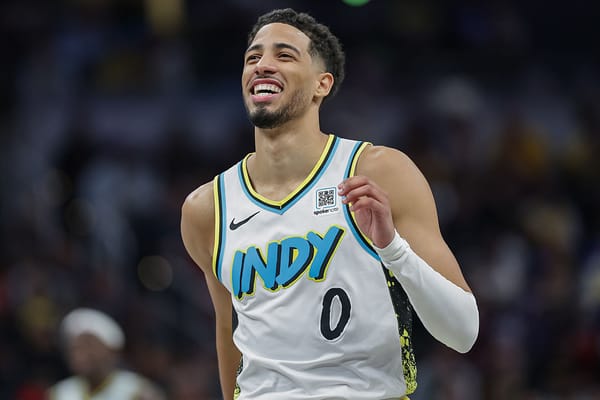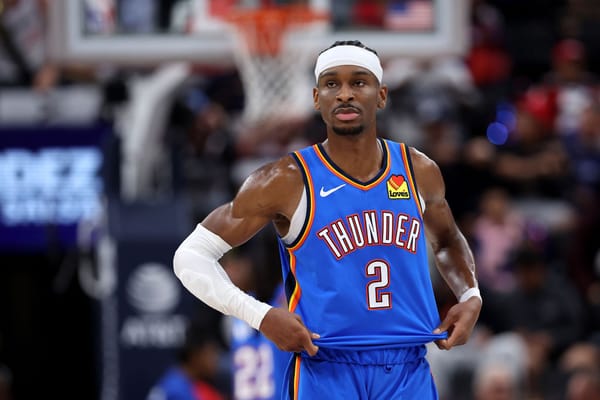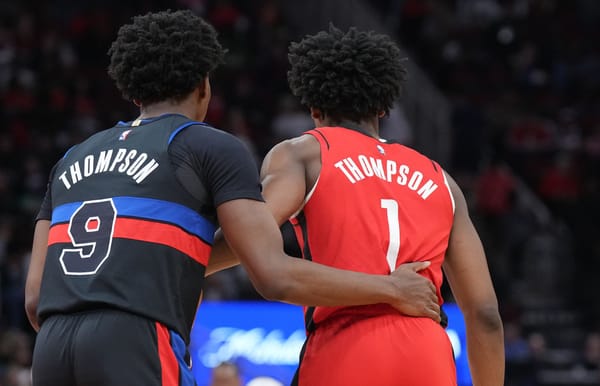Signature Significance: Donovan Clingan
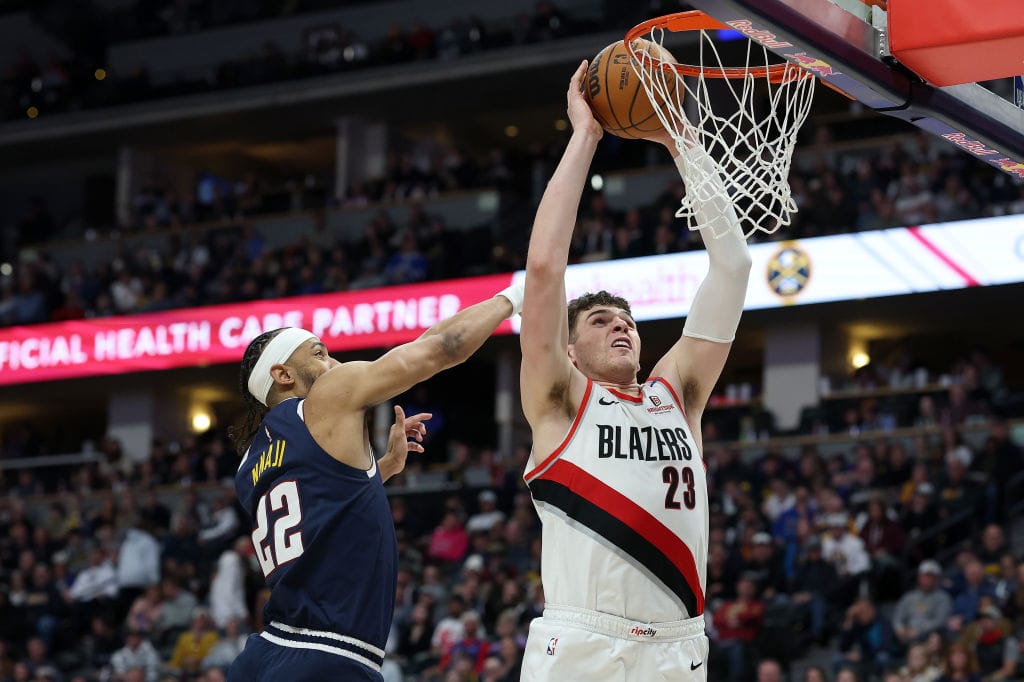
I’d like to once again revisit a concept called signature significance. We’ve done this before with Robert Williams III, Andrew Nembhard, Trayce Jackson-Davis, and earlier this season, Jared McCain.
We will again turn to Bill James (sorry) to explain why, sometimes, we actually can learn something from a mere one-game sample size:
[In] certain relatively rare cases of extreme performance, significant separations in data can occur in surprisingly small samples, including one game. A perfect example would be the game in which Roger Clemens struck out 15 batters without walking anyone. That game, in and of itself, presents credible, or "significant" evidence that Clemens is a pitcher of some quality. Why? Because a poor pitcher never (almost literally never) has such a game…
Strikeout to walk ratio is an excellent indicator of a pitcher’s ability to win, and pitcher who strikes out 15 and walks none in a game is almost certain to have a good strikeout to walk ratio. We are in the habit of looking for direct significance; one game is never directly significant. No one game makes a man a proven pitcher. What small data samples can occasionally provide is indicative significance — the significance of the signature they bear.
Today, we’re here to talk about Portland Trail Blazers center Donovan Clingan. On Wednesday night against the Nuggets (which means against Nikola Jokic), Clingan put up 17 points, 20 rebounds (10 offensive), 2 assists, and 3 blocks. That’s pretty damn impressive stuff!
As Danny Marang noted, he’s just the 15th rookie in NBA history to post at least 15 points, 20 boards, and 3 blocks in a game. The rest of the list is littered with star centers and a bunch of Hall-of-Famers.
The worst player on that list is either John Henson or Leon Douglas. Douglas was Bob Lanier’s backup for a few years, and Lanier called him “one of the strongest men I’ve ever played against.” He had a seven-year NBA career and then played nine more seasons in Europe. Henson had an eight-year career as a backup big man and was always productive when he was on the court, but at 6-9, 216 pounds he was really too skinny to play center and didn’t have much stretch on the offensive end, so it was basically over for him at the end of his second contract.
Still, those are guys who had extensive NBA careers. And everyone else on the list was a longtime starter at worst and an all-time great at best. Most of them made multiple All-Star teams. All of them were in the league for a very long time.
If you include the fact that Clingan had 10 offensive rebounds in the game against Denver, well, that's only ever been done one other time in NBA history, and it was by Olajuwon. Remove the requirement that the 10 offensive boards were part of a 20-rebound game, and it’s still only been done 10 other times, with Olajuwon doing it twice, and Bill Laimbeer, Joe Barry Carroll, Ralph Sampson, Felton Spencer, Shaquille O'Neal, Alonzo Mourning, Chris Webber, and LaMarcus Aldridge joining Clingan.
This was just the 11th start of Clingan's career, and only the second time he played at least 30 minutes in a game. In the first of those two games, he had 17 points, 12 rebounds, and 8 blocks against the Timberwolves back in November. Again, the only other players with 15-plus points, 10-plus rebounds, and 8-plus blocks in a game during their rookie year are a who's who of stars and future stars.
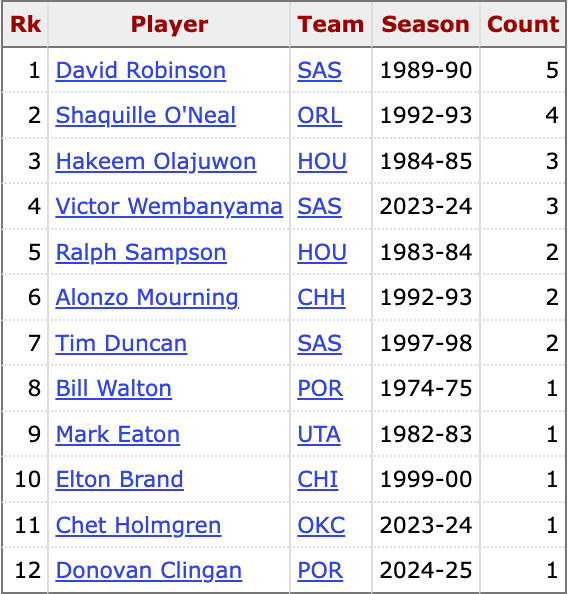
Clingan did that in his second career start, by the way.
You don’t do this kind of stuff by accident, and you don’t join almost exclusively long-term starters and Defensive Players of the Year and All-Stars and Hall-of-Famers on exclusive lists without having really, really high upside as a player.
Maybe Clingan goes the way of Douglas or Henson in the end. But even that would mean he is a long-term rotation player. If that’s the floor, that’s a not-terrible result for the No. 7 overall pick. The ceiling appears to be much higher, though, and that’s really exciting. (As someone who had a front-row seat to Clingan essentially cutting off all sources of offense my Miami Hurricanes had in the Final Four a couple years ago when he was on the floor, it was not hard to see his future defensive success, at least, coming. He only played like 15 minutes but I think we had about four points in that time. It was completely insane and ruined my trip to Houston.)
All of this is to say, the Blazers should be thinking big (no pun intended) with their new center. Big enough that they probably shouldn’t try to put the genie back in the bottle by sending him to the bench when Deandre Ayton returns from injury — though they might have to for asset-management reasons. Either way, it looks like they might have landed their center of the future, which is exactly what they thought they were doing with that draft pick.

